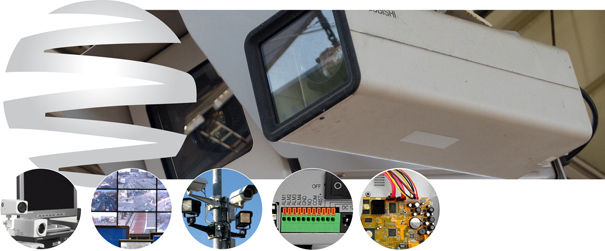
Project Description
Khayelitsha & Mitchells Plain CCTV Surveillance, Cape Town, South Africa
| Client: | City of Cape Town |
| Contact : | R. Wagiet |
| Contract period : | April 2003 - October 2004 |
| Scope of work: | EES played a pivotal part in the development of the City of Cape Town’s Urban Surveillance Program. EES designed, project managed, supervised and commissioned field camera’s and control centre for the extension of the CCTV urban surveillance and ITS network to Khayelitsha and Mitchell’s Plain. |
| Project: | Total construction value ZAR 17 million Involvement value ZAR 17 million |
Design Brief:
- Extend the City CCTV urban surveillance and ITS network to Khayelitsha and Mitchell’s Plain.
- Ensure a 20 year lifespan.
- Ensure non vendor specific upgrade paths.
- Ensure the use of commercial-of-the-shelf (COTS) hardware.
- Ensure evidence meets the requirements for criminal prosecution and traffic violations.
- Integrate to an existing operations centre 25km away.
Our Solution:
Without a proper power utility network, civil infrastructure and fibre infrastructure this was going to be a real design challenge. The network was going to be very different from a normal copper and fibre analogue point-to-point (PTP) system.
The logical starting point of any network is the architecture and specifically the choice of transmission medium. With no infrastructure wireless seemed an obvious option, however the bandwidth required to meet the legal evidentiary requirements on a licensed frequency was not feasible. With 25km to the control room a fixed single mode fibre network seemed the only solution. The design of the analogue system spread over a 10km² footprint, was to complex, the transmission losses were too high and the associated capital cost made this option not feasible.
Having slowly embraced the digital recording age we found ourselves looking closer at the possibility of digital video transmission, a hallowed domain reserved for major cable TV (CATV) network engineers and surely beyond the commercial reach of our client and his relatively small budget. Our experience made us cautious - digital systems suffer from high event latency, network delays, bandwidth requirements, common standards and very few COTS products.
ATM was eventually chosen as the transmission network standard. It unlocks enormous bandwidth within the fibre, and more importantly has a defined standard which does not suffer from QOS, interoperability, and other inherent IP problems.
The City of Cape Town can proudly boast to be one of only a handful of global cities with an ATM surveillance, traffic and multipurpose security network.
Key Facts and Figures:
- 1 Open Control Protocol
- 4 STM 4c ATM Switches
- 6 Networks· 10km² Footprint
- 25km to Control Room
- 47 Camera System
- 70km Fiber-optic Cable
- 180 Monitored Alarms